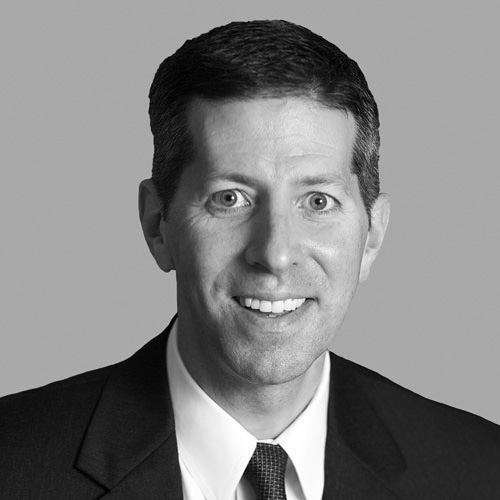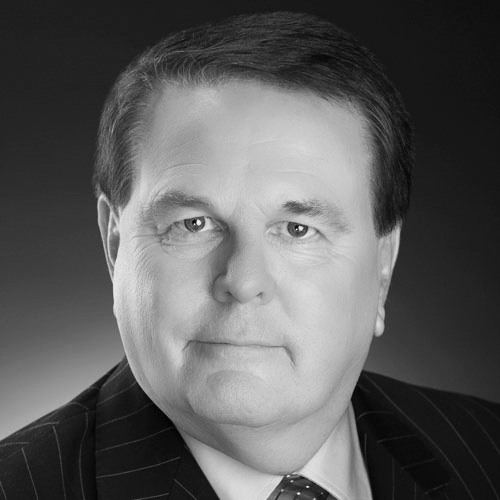A born problem-solver with degrees in information technology and business, Michael Martz is a perfect fit for the health-care industry. Due to the prominence of paper records and outdated ways of storing and delivering data at hospitals, the industry tends to lag behind the technology curve. That presents a welcome challenge for Martz, who loves to streamline organizations through advanced technology. “This industry is ripe with opportunity,” Martz says. “There’s so much fun work to be done.”
But as Meadville Medical Center’s (MMC) chief information officer, Martz isn’t doing this work in the server room. With his team of leaders, engineers, analysts, and other experts across the organization, Martz uses his understanding of technology to determine what’s best for the business. “A CIO needs to be a businessperson first,” he says, explaining that the IT department’s purpose is to make the organization more automated and effective. “It’s not about the computers and processors,” Martz adds. “It’s about understanding what we do and how to do it better.”
“It’s not about the computers and processors. It’s about understanding what we do and how to do it better.”
Part of the motivation for improving systems at MMC comes from the federal government’s initiatives to decrease the number of tax dollars spent on health care. Reducing duplicate tests, readmissions, and incorrectly filled prescriptions all save taxpayer money. But enabling doctors and health-care providers to share information across the industry is the most important way to keep health-care spending in check. When doctors don’t have comprehensive information about their patients, it reduces their ability to efficiently diagnose and treat those patients. Pushing the industry to communicate in a standardized language is essential for providing the best care possible, creating what Martz calls a “seamless enterprise centered on the patient.”
Funding the automation of the health-care industry via the American Recovery and Reinvestment Act is one way the federal government undergirds this effort. The Meaningful Use program requires all medical systems to certify that functions are performed in a standardized way. That includes numbering tests with universal codes and implementing the use of Electronic Medical Record (EMR) systems for patients. It also mandates that hospitals and physician practices prove they significantly use those systems.
One example of the nearly twenty requirements of the Meaningful Use stage one certification includes proving that 30 percent of hospital patients receive at least one of their prescriptions through a computerized order. Stage two requires at least 60 percent of all medication orders placed in the hospital are entered on the computer. “MMC is now over 70 percent of all orders placed on a computer,” Martz says.
Nationally, 5 percent of patients make up approximately 50 percent of health-care costs. That means that any change—small or large—that drives down the cost of healthcare for that 5 percent also drives down the cost for everyone. As one of the first hundred hospitals to achieve stage two, MMC is at the forefront of this line of thought, and IT has been a critical part of increasing efficiency. “We are a very progressive and forward thinking hospital,” Martz says. “We focus on what health care ought to be in in the United States.”
The Meaningful Use program also provides two key incentives for hospitals. First, a hospital receives money for the first four years it certifies. After four years, if it doesn’t prove it meaningfully uses the systems, it loses reimbursement money from Medicare and Medicaid. “Ten years ago, the number of physician practices with EMR systems was around 20 percent,” Martz says. “Now that number is more than 70 percent and more than 90 percent of hospitals.”
All of these efforts signal a fundamental shift in the American approach to health care. Shifting focus from service-based to visit-based care changes the way hospitals, and MMC in particular, think about serving patients. Instead of operating in silos, departments are moving toward working as a cohesive team to provide the best and quickest care possible. Instead of conducting many tests for the sake of testing, now the emphasis is on conducting the right tests the first time. Instead of leaving the fulfillment of an order up to the best handwriting translation of a pharmacist, now orders are typed by the ordering physician to save patients from potentially dangerous medication errors. “My vision for MMC is to help us evolve into being patient-centered instead of service-centered,” Martz says.
He believes that they are well on their way. “There are things that we do that we will never make money doing, but we do because it’s necessary,” he says. MMC’s Community Care Network of health coaches and in-home medical reconciliation sessions exemplify the programs built at cost to the hospital. But without government reimbursement, the readmission rate has drastically reduced. “These are investments that do not build our profit margins,” Martz says. “But our profit is in the health of our community, not in the dollars we pull in.”
In 2014, the cost of health care in the United States declined for the first time in decades. “It only declined by half a percent, but what we’re doing is working,” Martz says. MMC and other hospitals like it have proven that when doctors and care teams communicate with each other, patient care improves, which ultimately leads to financial health for the industry overall. “We have a lot more to go,” Martz says. “But hospitals that can wrap their heads around how to do this will survive and thrive.” And for a technology and business guru like Martz, there are not many more exciting opportunities than that.

